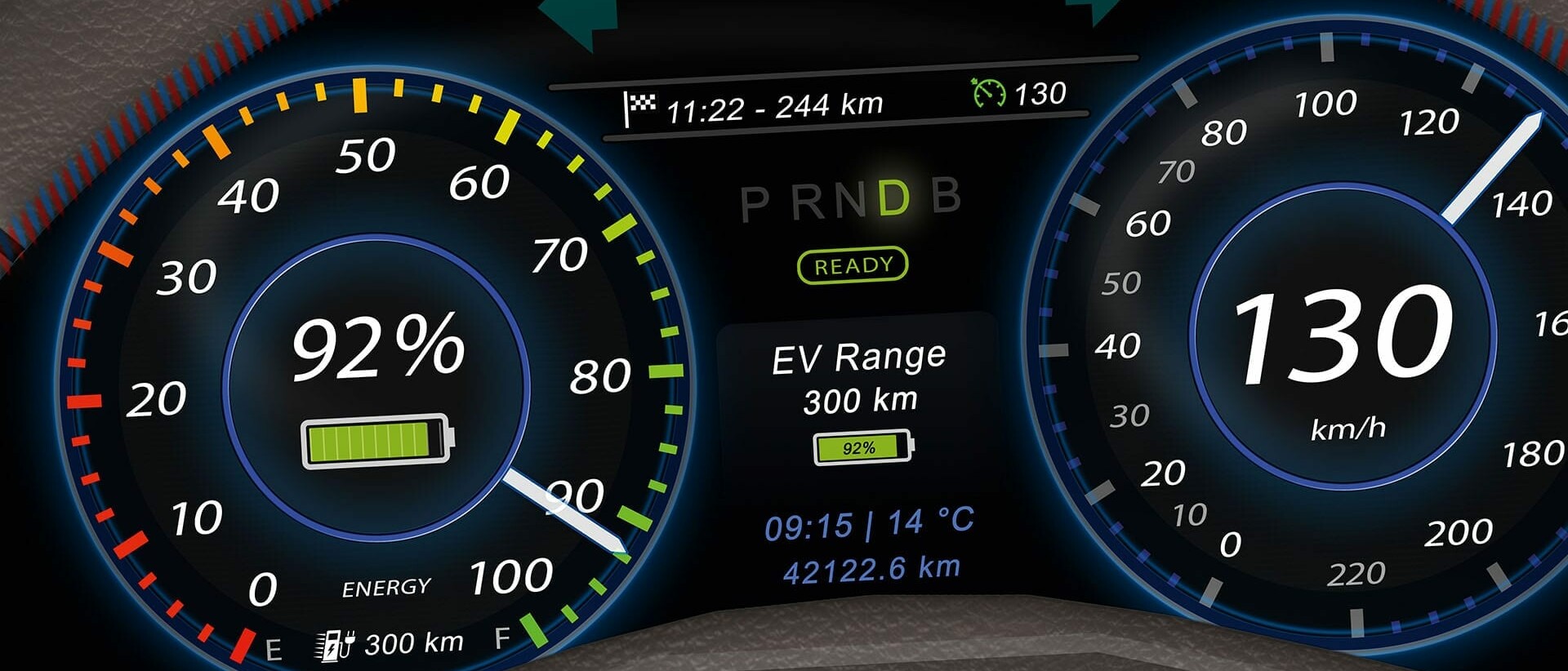How a racing series is pioneering change.
Is 225 km/h too slow? This is what racing fans are wondering about Formula E, the new racing series for electrically powered race cars. Most people have not heard of the new competition with its speed limit of 225 km/h. Some racing fans and professionals sneer at it. But the e-car races, which take place on public roads, are attracting more and more attention – for various reasons.
In electromobility, noise and performance are not inseparable. The E-Prix reaches a whole new audience. Over the course of the next seasons, German brands will join in the new racing series and take advantages of the developmental opportunities, technology transfer and marketing measures it offers.
The Hong Kong Central Harbourfront Circuit has been erected as a temporary Formula E street circuit. It includes public roads directly adjacent to the “Observation Wheel”, a ferris wheel offering spectacular views over the race track and Victoria Harbour.
The sun is out. Flags are waving. Fans are cheering for their teams. You hear screeching tires. Cars are racing shoulder to shoulder; they jostle for pole position and spin spectacularly. The Formula E race takes place on closed-off public roads in an urban setting. Its setup resembles Monaco and other traditional Formula One circuits – only the sound gives away the difference. The Formula E vehicles have engines of more than 270 HP, but they sound like a swarm of wasps as they race through the narrow bends and brief straight sections of Paris, Berlin, Hong Kong, New York and other major metropolises. Sound is of no importance. Anyone who has had the pleasure of driving a powerful electric vehicle knows that noise and performance are unrelated in electromobility. True electro fans are unimpressed by the noise generated by combustion engines. Many of the thrilling racing and passing maneuvers that are so ubiquitous in Formula E would be impossible at higher speeds. In fact, the organizers would probably ban them for safety reasons. Industry experts defend the speed limit. Without it, they claim, the drivers would be too distracted. After all, they also have to focus on narrow roads, frequent passing maneuvers and the energy management of their cars.
It is likely that the performance and speed of the vehicles will increase in future, however. In the fourth season (2017/18), the race cars still used 28-kWh batteries. Thanks to the McLaren technology, this may change soon. The use of 54-kWh batteries would also render the currently required vehicle changes during the race unnecessary. Even now, the latest electric race cars are far from slow. Quoting measurements taken on the permanent race track in Marrakesh, insiders point out that the vehicles already achieve just slightly higher lap times than those of the FIA World Touring Car Championship.
New medium-sized cares are reassuring consumers who are worried about range, one of the obstacles in the field of electromobility.
The E-Prix in Marrakesh has shown that organizers can just as well choose race tracks outside of cities. But it is likely that proximity to cities can help the new format, which is based on temporary circuits and an alternative drive concept, reach a whole new audience. It includes people who have had little or no interest in car racing in the past or have little emotional attachment to cars, in general, due to a shift in values. This is where interactive offers that allow the audience to influence the race become relevant: drivers favored by the audience could receive an “extra power boost”, for instance. These energy packages are somewhat controversial in the Formula E scene.
Some famous names from Formula One history have joined the E-Prix scene – drivers as well as manufacturers. Renault, Williams and McLaren are veterans of Formula One. US and Polish teams are joining their Indian, Chinese and French colleagues. Over the course of the next seasons, German premium brands are likely to join in the new racing series and take advantages of the developmental opportunities, technology transfer and marketing measures it offers. Some companies might even withdraw from other, more traditional racing series and dedicate themselves fully to Formula E. To experts from the emerging racing scene, whose debut season took place in 2014/15, this development clearly signals a shift in the automotive industry.
A Chinese team is participating in the Formula E series. China is a pioneer of the transition to electromobility. It produced more than 770,000 electric cars in 2017. Approximately 650,000 of them are fully battery-powered. Anyone seeking to serve the world’s most important market will have to offer a convincing portfolio.
This is also reflected in new mid-range cars, which boast increased range of up to 400 kilometers, effectively alleviating range-related worries in consumers. Add to this new compact-car concepts being implemented by universities and electric transporter fleets deployed by franchisers and mail carriers. A look at figures from the Chinese automotive market makes the changes even clearer. A rapid transformation of the automotive and supply industry is now vital. In 2017, approximately 25 million cars were sold in China – more than in the USA or
Japan. The vast country accounts for a third of the global automotive market. With new laws, import restrictions, bans on individual models, registration limits in metropolitan areas and quotas for fully electric vehicles, it aims to initiate the transition from combustion to electric motor.
China produced more than 770,000 electric cars in 2017, more than 650,000 of which are battery-electric vehicles (BEV). Analysts have predicted a BEV market share of 30% by 2025. Anyone seeking to serve this most important market will have to offer a convincing electromobility portfolio. This requires traditional manufacturers to develop fully electric solutions as a matter of urgency. China is the world’s technological leader in this market segment. It has been active in the electric bicycle segment for longer than the rest of the world, which has given it correspondingly greater experience.
But China also suffers from the problem of insufficient charging infrastructure. This issue could conceivably bring about repeated changes of the quota system that will force traditional car manufacturers to plan their product portfolio with greater flexibility. At the same time, Chinese electromobility suppliers are deeply involved in the new Formula E series and expected to enter global, not just European, markets in due course.
Other Topics
Nothing found.

